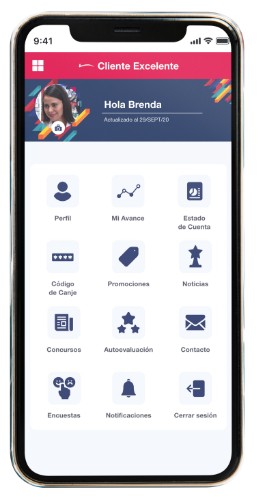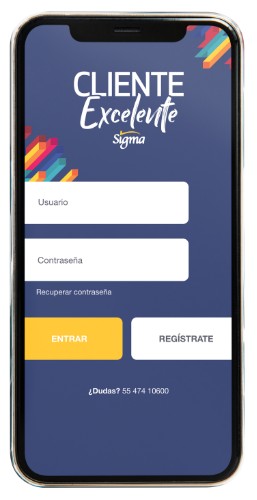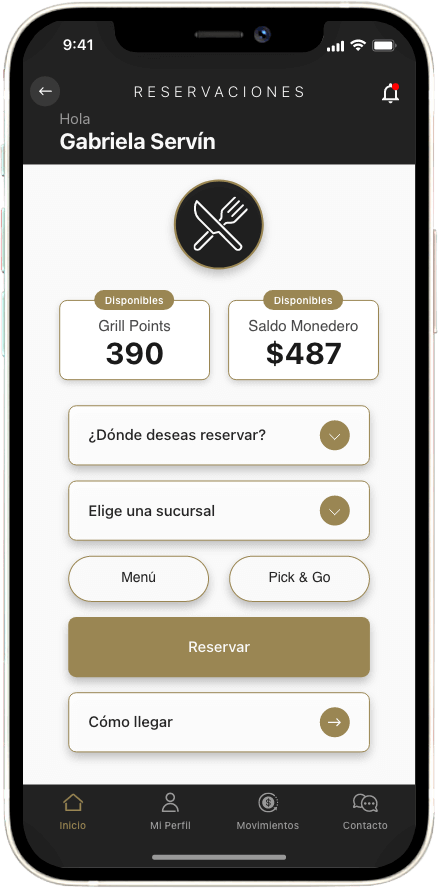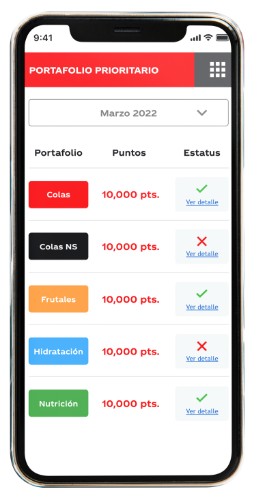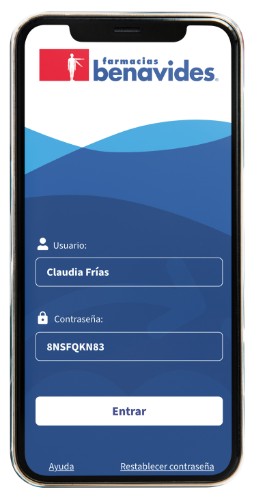The OCR (Optical Character Recognition, Optical Character Recognition) service uses technology to distinguish printed or handwritten text characters within digital images of physical documents. It is a process in which symbols or characters are automatically identified in an image for later interaction through a text editing program. We’ll explain all its features below.
The OCR’s composition
OCR systems are made up of a combination of hardware and software used to convert physical documents into machine-readable text. Hardware, such as an optical scanner or specialized circuit board, is used when text needs to be copied or read, while software handles the advanced processing.
Furthermore, this software can use Artificial Intelligence to perform advanced character recognition (ICR) methods, such as identifying languages or handwriting styles.
The OCR process is most commonly used to convert legal or historical documents into PDF files. Once the digital copy is made, users can edit, format and search the document as if it had been done with a word processor.
How OCR works
Firstly, OCR technology uses a scanner to process a physical document. Once all pages have been copied, the OCR software transforms the document into a black-and-white or two-color version.
The scanned image or bitmap is analyzed for light and dark regions. Dark areas are identified as recognizable characters while light areas are identified as background. Dark areas are processed to find alphabetic letters or numerical digits.
Techniques in OCR
OCR systems techniques may vary, but usually involve targeting one character, word, or block of text at a time. The characters are then identified using one of the following two algorithms:
- Pattern recognition. OCR programs retrieve text samples in various fonts and formats that are then used to compare and recognize characters in the scanned document.
- Feature detection. OCR systems apply rules regarding the characteristics of a specific letter or number in order to recognize the scanned record’s characters. Characteristics could include the number of angled lines, cross lines, or curves in a character for comparison.
When a character is identified, then it’s converted into an American Standard Code for Information Interchange (ASCII), which computer systems can use to handle further manipulations.
Users need to fix basic errors, examine, and confirm that complex layouts have been handled correctly before saving the document.
Uses for the OCR system
- Scanning of printed documents in versions that can be edited with word processors, such as Microsoft Word or Google Docs.
- Printed material index for search engines.
- Decipher text documents that can be read aloud.
- Archive for historical information, such as newspapers, magazines, or phone books, in searchable formats.
- Text recognition with a camera or software.
- Translate words within an image to a specific language.
Finally, we may add that the main advantages of OCR technology are saving time, with less errors, less effort, and with facilitated actions that are impossible to carry out with physical copies, such as, for example, incorporating a website or attaching files to an email. The possibility of automating the introduction of characters without using a keyboard implies an increase in productivity in the work area.
